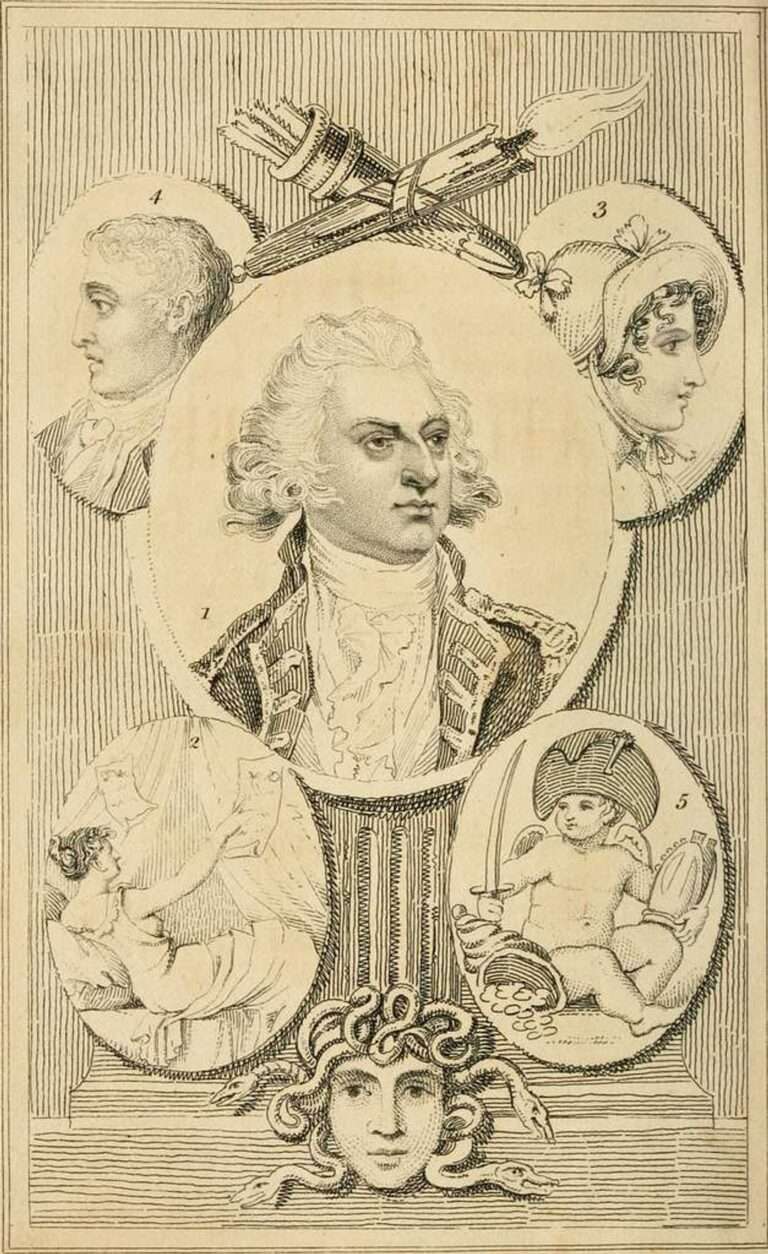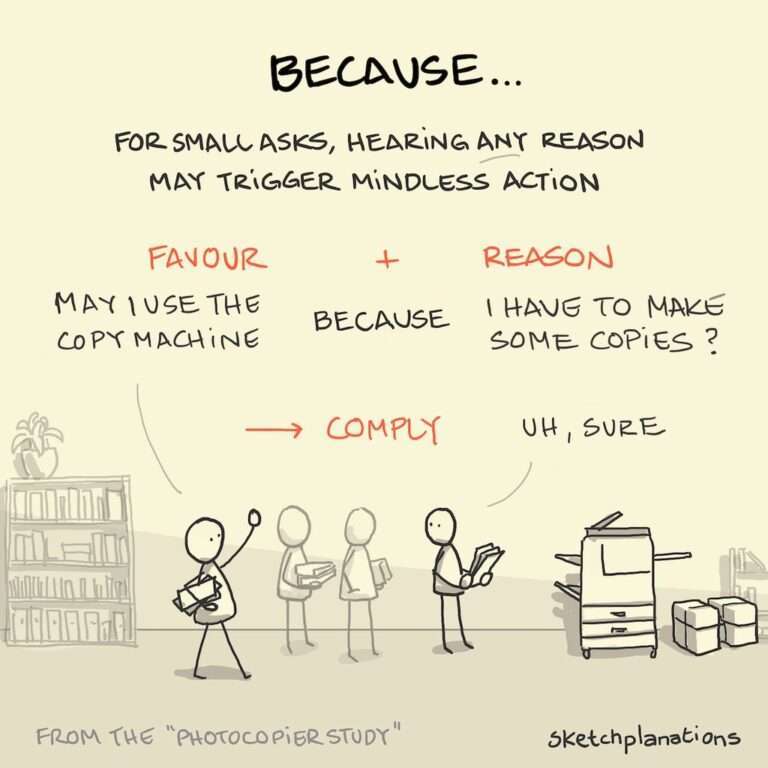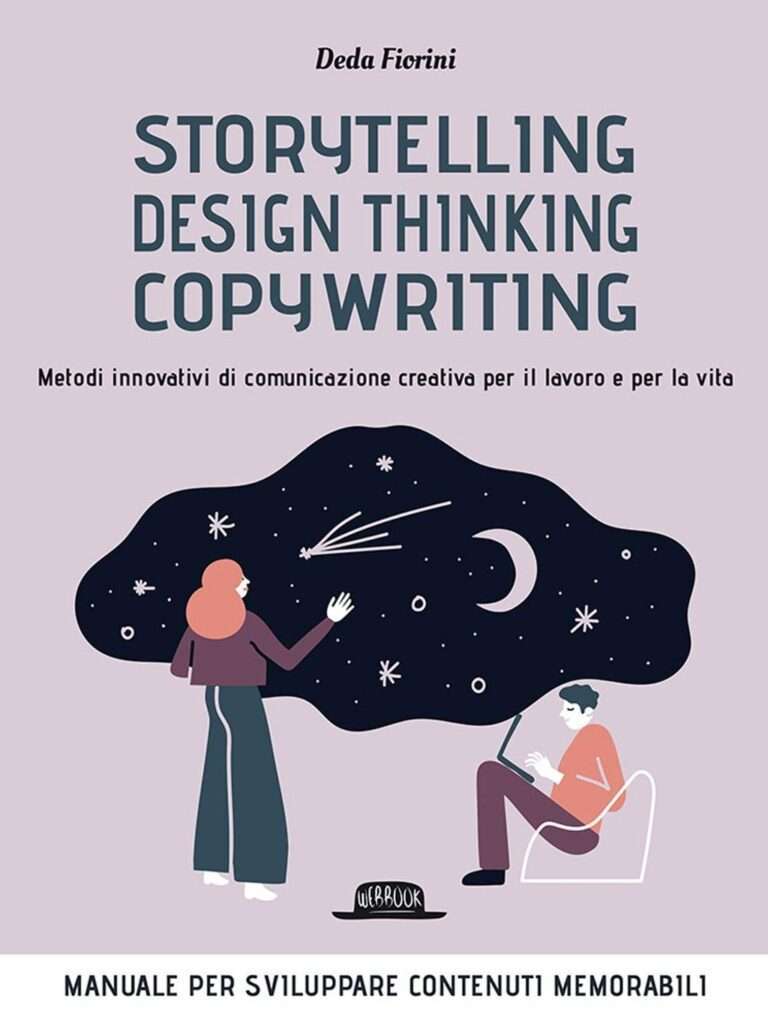The Snowflake Method: From Simple Summary to Complex Story
Overview
What is the Snowflake Method?
The Snowflake Method is a highly structured approach to planning and writing a novel. It helps authors go from a simple summary to a complex story by breaking down the process into manageable steps. This method emphasizes the importance of thorough planning and detailed outlining to create a strong foundation for the story. By starting with a one-sentence summary and gradually expanding it into a paragraph, authors can develop a clear understanding of their story’s key elements. Character profiles are also created to ensure well-developed and relatable characters. The Snowflake Method provides a systematic approach that allows authors to build a solid structure and plot points, leading to a well-crafted and engaging novel. If you’re an aspiring writer looking for a practical and comprehensive method to guide you through the novel writing process, the Snowflake Method is definitely worth exploring. To learn more about how to implement this method effectively, check out Unifire, a powerful tool that can assist you in organizing your ideas and bringing your story to life.
Benefits of using the Snowflake Method
The Snowflake Method offers several benefits for writers. First, it provides a structured approach to story development, helping writers organize their ideas and create a cohesive narrative. Second, it encourages thorough planning and character development, ensuring that the story is well-rounded and engaging. Third, it allows for flexibility and iteration, allowing writers to refine their story as they go. Finally, the Snowflake Method helps writers deliver data effectively, ensuring that the message of the story is clear and impactful. By following this method, writers can enhance their storytelling skills and create compelling narratives.
How does the Snowflake Method work?
The Snowflake Method is a step-by-step approach to designing and writing a novel. It starts with a simple one-sentence summary and gradually expands into a detailed outline. Each step focuses on adding more complexity and depth to the story, from developing character profiles to building the story structure and creating plot points. The method encourages writers to start with a solid foundation and then gradually build upon it, allowing for a more cohesive and well-developed story. The Snowflake Method is a highly effective technique for writers who want to create intricate and compelling novels.
Planning Stage
Creating a one-sentence summary
The first step in the Snowflake Method is creating a one-sentence summary of your story. This summary should capture the essence of your story and provide a clear and concise overview of the main plot and characters. It serves as a foundation for the rest of the planning and design stages. The one-sentence summary helps you focus on the core elements of your story and ensures that all subsequent development aligns with your central idea. It is an essential step in developing a well-structured and cohesive narrative.
Expanding the summary into a paragraph
Once you have created a one-sentence summary of your story using the Snowflake Method, the next step is to expand that summary into a paragraph. This is where you start to add more details and depth to your story. OAuth is a key aspect to consider when expanding the summary into a paragraph. It allows for secure authorization and authentication, ensuring the safety of your story. In this paragraph, you should provide a comprehensive overview of the main plot points, character development, and any other important elements of your story. This is your opportunity to delve deeper into the world you have created and give readers a taste of what they can expect. Remember to prioritize depth over high-level explanations and make use of tables and lists to organize your thoughts. Once you have expanded your summary into a paragraph, you are ready to move on to the next stage of the Snowflake Method.
Developing character profiles
In the Design Stage of the Snowflake Method, developing character profiles is an essential step in creating a well-rounded and believable cast of characters. This involves delving deep into the backgrounds, motivations, and personalities of each character to ensure they are fully developed and contribute to the overall story. By understanding their desires, fears, and conflicts, you can create more engaging and relatable characters that will resonate with readers. Take the time to explore their relationships, quirks, and unique traits, as well as their role in the plot. This attention to detail will add depth and complexity to your story, making it more immersive and captivating. Edward Lorenz once said, ‘When you have completed your character profiles, you will know your characters so well that they practically write the story themselves.’ So, invest the time and effort in developing compelling character profiles, and watch your story come to life.
Design Stage
Creating a detailed outline
Once you have developed your one-sentence summary and expanded it into a paragraph, the next step in the Snowflake Method is to create a detailed outline. This outline serves as the blueprint for your story, providing a roadmap for the plot, characters, and key events. It allows you to visualize the overall structure of your story and ensures that all the necessary elements are in place. A detailed outline helps you stay organized and focused as you write, preventing you from getting lost in the complexity of your novel. It allows you to see the big picture while still having the flexibility to make adjustments and additions as needed. By taking the time to create a detailed outline, you can save yourself from potential roadblocks and ensure that your story flows smoothly from beginning to end.
Building the story structure
Once you have created a detailed outline, the next step in the Snowflake Method is to build the story structure. This involves organizing your plot points and developing the sequence of events that will drive the narrative. The story structure provides a framework for your story, ensuring that it has a logical flow and a satisfying resolution. It helps you to determine the pacing, plot twists, and character development. Take your time to carefully craft the story structure, as it will serve as the backbone of your entire novel.
Developing plot points
When it comes to developing plot points, the Snowflake Method encourages a comprehensive approach that prioritizes depth over high-level explanations. This stage of the method involves creating a detailed outline that outlines the major events and turning points in your story. The goal is to develop a cohesive and engaging narrative that keeps readers hooked from beginning to end. By carefully crafting your plot points, you can create a story that is both compelling and satisfying. To learn more about how to effectively develop plot points using the Snowflake Method, check out Unifire’s comprehensive guide on story development and plot structure. With Unifire, you can streamline your writing process and unleash your creativity to create captivating stories. Start getting a torrential downpour of content by uploading your work for free and see the organic growth of your website. Engage your customers through new channels and dominate your social niche with the help of Unifire. Get started today and revolutionize your storytelling!
Writing Stage
Writing the first draft
Now that you have completed the planning and design stages of the Snowflake Method, it’s time to dive into writing the first draft of your story. This is where you bring all your ideas and outlines to life, fleshing out the details and creating the narrative. Remember to prioritize depth over high-level explanations, allowing yourself to fully explore the intricacies of your plot and characters. Don’t be afraid to make revisions and improvements as you go along. The first draft is just the beginning, and it will serve as the foundation for the rest of your writing process. Once you have a solid draft, you can move on to the next stage of revising and editing to refine your story further. Unifire can be a valuable tool to help you streamline your writing process and make it more efficient. With its AI-powered features, you can save time and effort in organizing and structuring your manuscript. Try it out and see how it can enhance your writing experience. Happy writing!
CTA: Check out Unifire for a more efficient writing process.
How to Section:
- Start with a clear vision: Before you begin writing, have a clear vision of what you want to achieve with your story. Define your goals, themes, and messages that you want to convey.
- Develop your characters: Spend time developing well-rounded and believable characters. Create character profiles that include their backstory, motivations, and conflicts.
- Outline your plot: Create a detailed outline of your story, including the major plot points and key events. This will serve as a roadmap for your writing.
- Write consistently: Set aside dedicated time for writing and stick to a regular writing schedule. Consistency is key to making progress on your first draft.
- Embrace the messiness: Don’t be afraid to write imperfectly. The first draft is a rough version, and it’s okay to have messy and incomplete sections. The important thing is to get your ideas on paper.
- Revise and refine: Once you have completed the first draft, take the time to revise and refine your story. Look for areas that need improvement and make necessary changes.
- Seek feedback: Share your draft with trusted beta readers or writing critique groups. Seek constructive feedback to help you identify blind spots and areas for improvement.
- Polish the final manuscript: After incorporating feedback and making revisions, polish your final manuscript. Pay attention to grammar, punctuation, and overall readability.
- Celebrate your accomplishment: Completing the first draft is a significant milestone. Take a moment to celebrate your hard work and the progress you have made on your writing journey.
Revising and editing
Once you have completed the first draft of your manuscript, the next step is to revise and edit it. This stage is crucial for refining your story and ensuring that it is coherent and engaging. Start by reading through your draft and making note of any areas that need improvement, such as plot inconsistencies or weak character development. Highlight the key themes and motifs that emerge throughout your story, as these will help guide your revisions. Pay attention to the pacing and flow of your narrative, and make necessary adjustments to enhance the reader’s experience. After revising, go through your manuscript again to catch any grammatical errors or typos. Editing is a meticulous process that requires attention to detail, but it is essential for creating a polished final manuscript. Remember to seek feedback from beta readers or professional editors to gain fresh perspectives and insights. By investing time and effort into revising and editing, you can elevate your story to its full potential.
Polishing the final manuscript
After completing the revision and editing process, the final step in the Snowflake Method is to polish the manuscript to perfection. This involves carefully reviewing the entire novel, checking for any grammatical errors, inconsistencies, or areas that need improvement. It’s important to pay attention to the overall flow and pacing of the story, ensuring that each scene and chapter contributes to the overall narrative. Additionally, it’s crucial to refine the language and style, making sure that every word and sentence is intentional and impactful. Polishing the final manuscript is a crucial step in the novel writing process as it helps to create a polished and professional end product that will captivate readers. By dedicating time and effort to this stage, authors can ensure that their story shines and resonates with their audience.
Welcome to the Writing Stage section of Unifire! Here, we provide valuable tips and insights to help you improve your writing skills and create compelling content. Whether you’re a beginner or an experienced writer, our articles cover a wide range of topics, including grammar, storytelling techniques, and effective editing strategies. Take your writing to the next level and unleash your creativity with Unifire. Visit our website now to explore our Writing Stage section and start enhancing your writing skills today!








